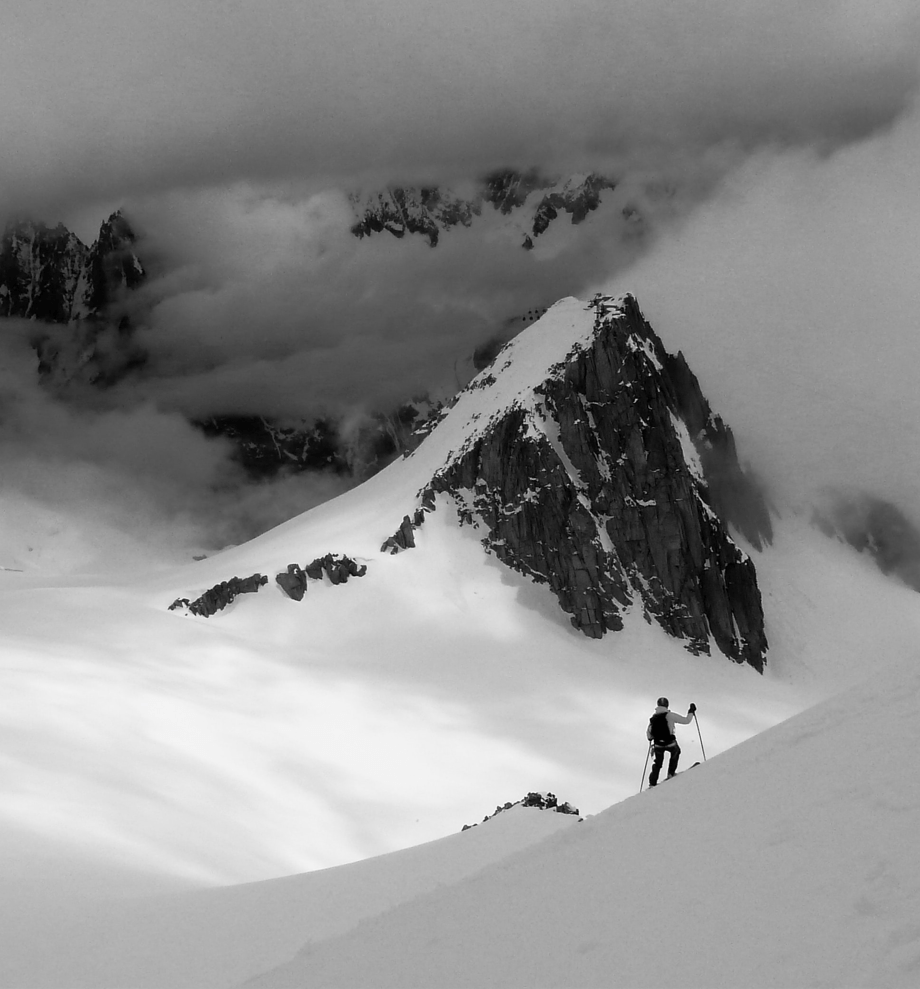Introduction:-In the realm of adventure sports, where the human spirit meets the untamed forces of nature, sports mountaineering stands as a testament to the indomitable will of individuals seeking to conquer the world’s highest peaks. This exhilarating pursuit combines athleticism, mental fortitude, and a profound connection with the great outdoors. As enthusiasts gear up with ropes, harnesses, and crampons, they embark on a journey that transcends physical challenges, pushing the boundaries of human achievement. In this article, we delve into the captivating world of sports mountaineering, exploring its history, the physical and mental demands it imposes, and the allure that draws adventurers to the highest points on Earth.
A Historical Perspective:
Mountaineering has deep roots in human history, with early records of ascents dating back to the 18th century. However, it wasn’t until the late 19th and early 20th centuries that mountaineering evolved into a recognized sport. The allure of conquering uncharted peaks became a driving force for intrepid individuals, with iconic climbs like the Matterhorn and the Eiger in the Alps capturing the imagination of adventurers worldwide.
Sports mountaineering, as a distinct discipline, emerged in the mid-20th century, marked by the establishment of formal organizations and the codification of techniques. The Alpine Club in London, founded in 1857, played a pivotal role in the early development of mountaineering, laying the groundwork for the sport’s growth and evolution.
The Physical Challenges:
Sports mountaineering demands a unique set of physical skills and endurance. Climbers must navigate rugged terrains, often facing extreme weather conditions and oxygen-deprived environments at high altitudes. The cardiovascular system is put to the test as climbers ascend steep slopes and navigate crevasses, requiring a combination of strength, agility, and stamina.
One of the key aspects of sports mountaineering is the use of specialized equipment. Climbers rely on state-of-the-art gear, including harnesses, helmets, ice axes, and crampons, to navigate treacherous terrain safely. Understanding how to use this equipment effectively is crucial, as it can mean the difference between success and failure on the mountain.
Altitude presents a unique challenge in sports mountaineering. As climbers ascend to higher elevations, the air becomes thinner, reducing the amount of oxygen available. This can lead to altitude sickness, characterized by symptoms such as nausea, dizziness, and fatigue. Climbers must acclimatize gradually to mitigate the effects of altitude and allow their bodies to adjust to the lower oxygen levels.
Explore thrilling sports content! From live scores to expert analyses Combat Jugling and Combined diving , discover a world of athleticism. Your go-to source for sports excitement
The Mental Fortitude:
Beyond the physical challenges, sports mountaineering demands an extraordinary level of mental fortitude. Climbers face constant decision-making, assessing risks, and adapting to rapidly changing conditions. The psychological toll of navigating steep rock faces or traversing crevasse-laden glaciers requires focus, determination, and resilience.
Fear is a constant companion in the world of sports mountaineering. Climbers must confront their fears and maintain composure in the face of daunting obstacles. The mental strength required to push through adversity, whether it be a sudden storm or a technical climbing challenge, is a hallmark of successful mountaineers.
Teamwork is another crucial aspect of sports mountaineering. Climbers often form close-knit teams, relying on each other for support and safety. Effective communication is essential, especially in challenging conditions where split-second decisions can make the difference between success and disaster.
The Allure of the Summit:
What drives individuals to embark on perilous journeys to the world’s highest peaks? The allure of the summit is a complex combination of personal challenge, a deep connection with nature, and the pursuit of the extraordinary. Standing on a summit, with the world stretching out below and the sky above, is a profound and transformative experience.
The sense of accomplishment that comes with reaching the summit is unparalleled. Climbers push their physical and mental limits, overcoming obstacles and setbacks to stand on the pinnacle of the earth. The breathtaking views and the realization of the immense challenge conquered create a profound sense of achievement that stays with climbers for a lifetime.
Environmental Stewardship:
While sports mountaineering offers unparalleled adventure and personal growth, it also raises important questions about environmental stewardship. The impact of human activity on fragile mountain ecosystems is a growing concern. Climbers and organizations are increasingly recognizing the need for responsible and sustainable practices to preserve these pristine environments for future generations.
Several initiatives focus on minimizing the ecological footprint of sports mountaineering. Leave No Trace principles, which emphasize responsible travel and outdoor ethics, are being embraced by the mountaineering community. Additionally, organizations are working to promote conservation and sustainable practices in mountain regions, ensuring that the delicate balance of these ecosystems is maintained.
Conclusion:
Sports mountaineering, with its rich history, physical challenges, and mental demands, stands as a remarkable testament to the human spirit’s quest for exploration and self-discovery. From the early pioneers of the sport to the modern-day adventurers pushing the boundaries of what is possible, mountaineering continues to captivate and inspire.
As we celebrate the triumphs of those who conquer the highest peaks, it is essential to recognize the responsibility that comes with such pursuits. Environmental stewardship, safety, and ethical considerations must be at the forefront of sports mountaineering, ensuring that the majestic landscapes that serve as the backdrop for these incredible journeys are preserved for generations to come. In the end, sports mountaineering is not just about reaching the summit; it’s about the journey, the challenges faced, and the profound connection with the awe-inspiring beauty of the world’s tallest peaks.

